If you were to watch choreographer Mayte Natalio in rehearsal, you’d see a woman go from lightning-speed instruction to a long moment of silent calculating. She choreographs with the grace of someone who has been there—and she has been there. She started her career as a dancer herself, performing in a myriad of settings and styles. From modern dance concerts and musicals, to experimental downtown New York theater and arena tours with some of your favorite pop stars, Mayte’s varied experiences are all at her disposal as a choreographer.
Born and raised in Queens, NY, dancing came into Mayte’s life organically—through the social dances she learned from her Dominican family. When her mother saw how serious she was about learning the dances she saw in Janet Jackson and Paula Abdul music videos, she was immediately enrolled in dance classes. She then went on to LaGuardia High School of Performing Arts and then received a BFA from SUNY Purchase.
After college, her first job was a musical (“but I’m not a traditional musical-theater girl”). While she has worked regionally in places like Ogunquit Playhouse, Dallas Theater Center and Pregones Theater, and served as an associate with Broadway choreographers including Camille A. Brown and Sam Pinkleton, it was Mayte’s unique perspective that was interesting to director John Simpkins and writer Joe Iconis.
“This is my first experience working with Mayte,” Joe says, “but it feels like we’ve been collaborators for years. She’s electric, inspired, inspiring, persnickety, fired up, and collaborative. Her point of view is singular and her perspective on the characters is so integral to the show as a whole. I never feel like she’s delivering ‘steps,’ but movement that stems from the inner lives of the human beings on stage. Her dance makes the drama easier to understand and effortlessly elevates the stakes. This musical has piss and vinegar in its veins and Mayte’s choreography brings that to the surface in the most exciting way.”
In the rehearsal hall, Mayte enters the process with a movement vocabulary but takes in all of the opinions of everyone in the room and incorporates them into her process. “Things change,” she says, noting that dancers move better when their steps are tied to the story they are telling. “I’m a big editor. You get into the rehearsal room and start to cater to space, the personalities of the actors, the characters and the story.”
For Love in Hate Nation, she says, “I want people to see the 1960s in a different way. I want them to feel the energy of young girls—grounded, messy, dirty and new. These are young women rebelling and finding their voices and becoming individuals.” To Mayte, dance is the perfect way to convey these ideas. “Dance allows you to release things and say things that are impossible to speak in words and offers a beautiful way to be both entertaining and say something valid.”

